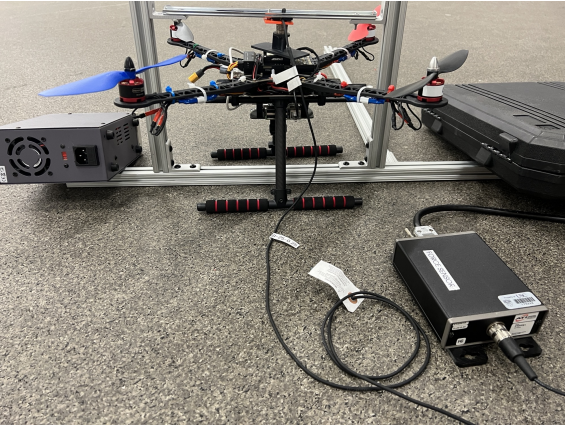This content originally appeared on HackerNoon and was authored by Instancing
:::info Authors:
(1) Hamed Alimohammadzadeh, University of Southern California, Los Angeles, USA;
(2) Rohit Bernard, University of Southern California, Los Angeles, USA;
(3) Yang Chen, University of Southern California, Los Angeles, USA;
(4) Trung Phan, University of Southern California, Los Angeles, USA;
(5) Prashant Singh, University of Southern California, Los Angeles, USA;
(6) Shuqin Zhu, University of Southern California, Los Angeles, USA;
(7) Heather Culbertson, University of Southern California, Los Angeles, USA;
(8) Shahram Ghandeharizadeh, University of Southern California, Los Angeles, USA.
:::
Table of Links
Conclusions and Current Efforts, Acknowledgments, and References
5 RELATED WORK
A DV is in the same class of systems as fast 3D printing [21], Claytronics as physical artifacts using programmable matter consisting of catoms [28], Roboxels as cellular robots that dynamically configure themselves into the desired shape and size [42], BitDrones [29] and GridDrones [11] as interactive nano-drones, and Flying Light Specks (FLSs) as miniature drones with RGB light sources that fly as swarms to illuminate a virtual object [3, 25–27]. These studies use either analytical models, simulation studies, a lab setting, or a hybrid of these to demonstrate their design decisions and to quantify their tradeoffs. A DV is a much needed experimental testbed to implement and evaluate these techniques for multimedia applications using drones. Its modular design decisions and haptic user interactions raise many challenging multimedia systems research topics. If successful, it will contribute to the multimedia content creator’s experience in a rich and meaningful fashion while preserving their safety. It enables them to develop safe applications with complex and intertwined instances of different kinds of information including 3D acoustics, illuminations, and haptic interactions.
\ The concept of 3D displays using FLSs is introduced in [25]. These FLSs require sensors to measure small distances in order to create 3D formations for visual and haptic displays. An evaluation of three different types of sensors to measure 1 centimeter distances is presented in [52]. User safety during interaction with a room size display with materialized objects is also important to creating effective interactions; we discuss potential safety considerations in [27]. An architecture of an FLS system is presented in [26], which introduces key components necessary to realize a successful implementation, including Motill to compute the flight path of FLSs to render a motion illumination, STAG as a battery charging technique, and use of standby FLSs to tolerate FLS failures [26]. This architecture may use the data model of [3] to store the flight paths of an algorithm such as Motill in a file. A sequence that is displayed repeatedly may read the file instead of executing the resource intensive Motill algorithm [3]. A DV is a small-scale experimental testbed for FLSs to realize the vision of a Holodeck in science fiction shows and as described in [25]. It builds on these prior studies with its novel use of disaggregated FLSs and a modular framework that emphasizes user safety. Additionally, a DV uses a swarm of FLSs to amplify force for haptic interactions, creating the important and novel challenges of localization and acoustics.
\

\
:::info This paper is available on arxiv under CC 4.0 license.
:::
\
This content originally appeared on HackerNoon and was authored by Instancing
Instancing | Sciencx (2024-07-01T10:00:15+00:00) Dronevision: An Experimental 3D Testbed for Flying Light Specks: Related Work. Retrieved from https://www.scien.cx/2024/07/01/dronevision-an-experimental-3d-testbed-for-flying-light-specks-related-work/
Please log in to upload a file.
There are no updates yet.
Click the Upload button above to add an update.
